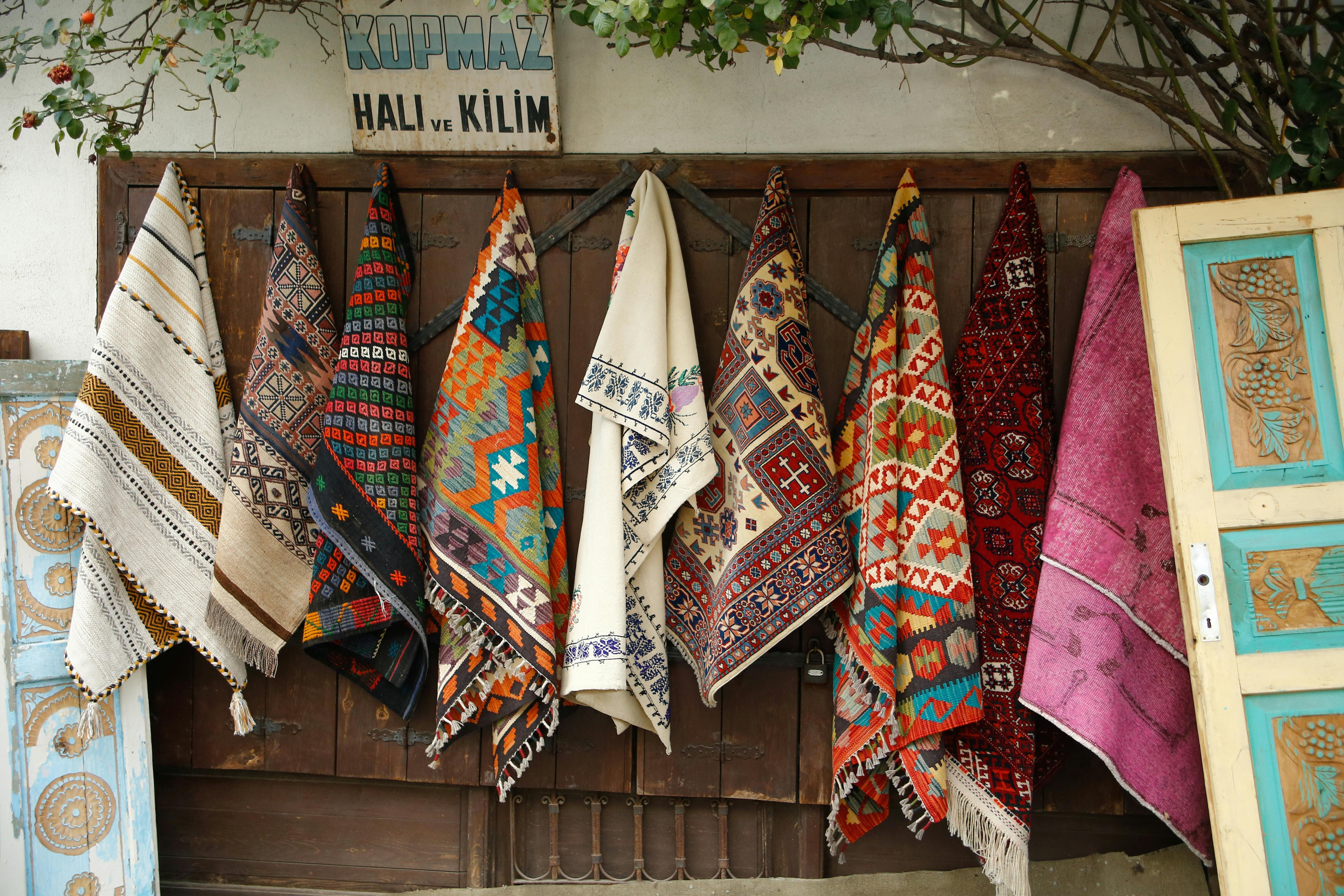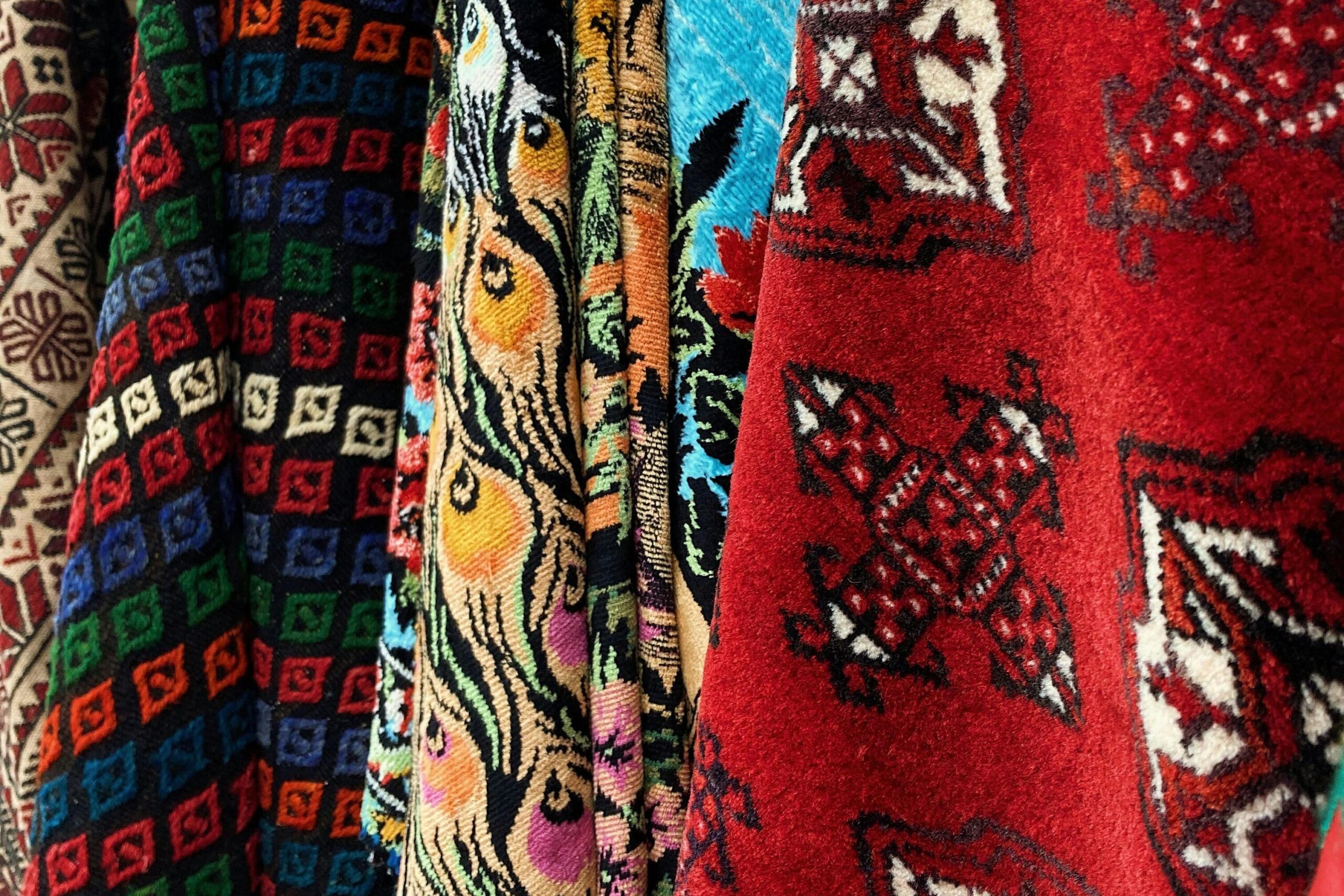Types of Woven Fabrics: A Guide to Plain Weave, Twill, and Satin
Woven fabrics are a cornerstone of textile arts, created by interlacing two sets of yarns at right angles. This process results in durable and versatile materials used in everything from clothing to home decor. In this comprehensive guide, we’ll delve into three fundamental types of woven fabrics: plain weave, twill, and satin. Understanding these basics can help artisans and enthusiasts choose the right fabric for their projects, whether it’s for crafting, fashion, or upholstery.
Let’s start with plain weave, the simplest and most common type. In a plain weave, the weft yarn passes over and under each warp yarn in a consistent pattern, creating a checkerboard-like structure. This weave is known for its strength and durability, as the tight interlacing makes it resistant to tearing and fraying. Common examples include cotton muslin, chiffon, and taffeta. Plain weave fabrics are often used for everyday items like shirts, dresses, and bed linens due to their balanced properties. They can be lightweight or heavy, depending on the yarn used, and are easy to dye and print on, making them a favorite for beginners in weaving.
Next, we have twill weave, which is characterized by a diagonal rib pattern. This is achieved by having the weft yarn pass over one or more warp yarns and then under two or more, creating a step-like progression. The result is a fabric that is softer and more pliable than plain weave, with a distinctive texture. Denim, gabardine, and herringbone are popular examples of twill weaves. These fabrics are prized for their durability and resistance to wrinkles, making them ideal for heavy-duty applications like jeans, workwear, and upholstery. Twill weaves also tend to drape well, which is why they’re often used in tailored garments.
Moving on to satin weave, this type is known for its luxurious sheen and smooth surface. In a satin weave, the weft yarn floats over several warp yarns before interlacing, creating long floats on the fabric’s surface. This structure reflects light beautifully, giving satin its characteristic luster. However, the long floats can make satin more prone to snagging and abrasion compared to other weaves. Common satin weave fabrics include satin itself, sateen, and charmeuse. They are often used in high-end fashion, such as evening gowns, lingerie, and accessories, as well as in home decor for items like pillowcases and draperies due to their elegant appearance.
Each of these woven fabric types has unique properties that influence their uses. For instance, plain weave is excellent for projects requiring stability, while twill offers flexibility and durability, and satin provides a touch of luxury. When selecting a fabric, consider factors like the intended use, care requirements, and desired aesthetic. Experimenting with different weaves can open up new creative possibilities in your woven crafts.





CraftyJane
This is a great overview! I’ve been using plain weave for my beginner projects, but now I’m inspired to try twill. Any tips for avoiding mistakes when starting with twill?